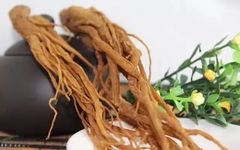Chinese Herbal Medicine
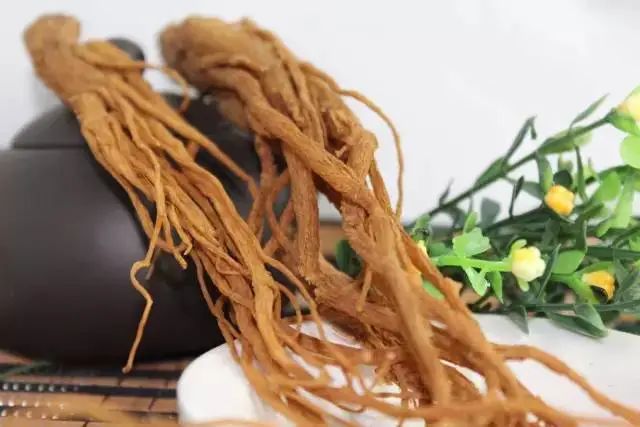
The root of the Umbelliferae plant, Dang Gui (当归, Angelica sinensis). Generally, it must be cultivated for 3 years before harvesting. The roots are dug up in late autumn, cleaned of stems, leaves, and soil, and then dried in a ventilated area for a few days. They are bundled according to size and lightly smoked until thoroughly dried. This product is oily, prone to mold and insect damage, and must be stored in a dry place. During moldy rainy seasons, it should be treated with sulfur or appropriately dried. Dang Gui is considered a divine medicine for gynecology, symbolizing marriage, offspring, and longing for a husband. The Foshou San (佛手散) from the Song Dynasty’s Pujizhengshifang uses Dang Gui combined with Chuan Xiong (川芎), primarily for testing. Ancient texts state that if taken and the fetus dies, it will be expelled; if the fetus lives, it will be safe, hence its efficacy is likened to that of Buddha, leading to Dang Gui also being named Foshou. Among the 25 most commonly used Chinese herbs, Dang Gui ranks 8th, hence the saying “Nine out of ten return to Dang Gui“.
【Herbal Name】Dang Gui
【Alias】Qin Gui, Yun Gui, Xi Dang Gui, Gan Gui, Ma Wei Gui, Min Dang Gui.
【English Name】Radix Angelicae Sinensis
【Source】The root of the Umbelliferae plant Dang Gui (Angelica sinensis (Oliv.) Diels).
【Plant Morphology】Perennial herb. The stem is erect, purplish, with distinct longitudinal grooves, and hairless. The leaves are 2-3 times pinnate compound leaves, with enlarged leaf sheaths; leaflets are ovate, with 3 pairs of leaflets near the apex being sessile, 1-2 times lobed, with notched edges. The compound umbel inflorescence is terminal, with 10-14 unequal peduncles, and 2 linear bracts or absent at the base; there are 2-4 linear involucres; each small umbel has 12-36 flowers, with densely hairy pedicels; sepals are 5, finely ovate; petals are 5, white, oblong, with a narrow pointed tip slightly folded inward; there are 5 stamens with inwardly bent filaments; the ovary is inferior, with a conical base. The double achenes are oval, with 5 ridges, the dorsal ridge is linearly raised, and the lateral ridges develop into wide, thin wings with pale purple edges, and a flat back. The flowering period is in July, and the fruiting period is in August to September.
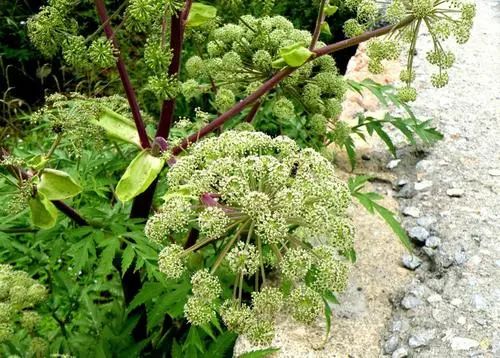
【Distribution】Grows in cold, damp places at altitudes of 1800-2500 meters. Cultivated in Sichuan, Yunnan, Shaanxi, Guizhou, and also found in Qinghai and Ningxia. Wild varieties have been discovered in the deep mountains of Gansu.
【Harvesting and Processing】Harvested in late autumn, removing fibrous roots and sand, and after some moisture evaporates, bundled and dried slowly over smoke.
【Herbal Characteristics】Slightly cylindrical, with 3-5 or more lateral roots at the lower part, 15-25 cm long. The surface is yellow-brown to brown, with longitudinal wrinkles and horizontal lenticels. The root head (Gui Tou) has a diameter of 1.5-4 cm, with ring patterns, the upper end is rounded and blunt, with remnants of purple or yellow-green stems and leaf sheaths; the main root (Gui Shen) has an uneven surface; the lateral roots (Gui Wei) have a diameter of 0.3-1 cm, tapering, often twisted, with few fibrous root scars. The texture is flexible, with a yellow-white or light yellow-brown cross-section, thick bark, with cracks and numerous brown dot-like secretory cavities, the wood part is lighter in color, and the cambium ring is yellow-brown. It has a strong aroma, with a sweet, spicy, and slightly bitter taste.
【Nature and Flavor】Warm in nature, sweet and spicy in flavor. It enters the Liver (肝), Heart (心), and Spleen (脾) meridians.
【Functions and Indications】Nourishes blood, invigorates blood circulation, regulates menstruation, alleviates pain, and moistens the intestines to relieve constipation. It belongs to the category of tonifying herbs, specifically blood tonics.
【Clinical Applications】Dosage of 6-12 grams, decocted for oral administration. Used to treat blood deficiency, pale complexion, dizziness, palpitations, irregular menstruation, dysmenorrhea, abdominal pain due to deficiency and cold, dry intestines and constipation, rheumatic pain, trauma, and abscesses.
【Pharmacological Research】Has effects on reducing platelet aggregation and anti-thrombosis; promotes hematopoietic function; lowers blood lipids and anti-atherosclerosis; has antioxidant properties and scavenges free radicals; enhances immune function; inhibits types I, II, III, and IV hypersensitivity reactions; has a dual effect of excitation and inhibition on the uterus; inhibits prostate hyperplasia; anti-gonadotropin; protects against radiation damage; anti-tumor; anti-inflammatory and analgesic; protects the liver, promotes bile secretion, aids digestion, and inhibits gastrointestinal motility; has effects on the nervous system, relaxes bronchial smooth muscle, diuretic, and antibacterial properties. It can inhibit the uterus of isolated animals while exciting the uterus of whole animals. Ligustilide has an antispasmodic effect on experimental animals and has a suppressive effect on the central nervous system. The anti-anemia effect may be related to the presence of vitamin B12 and trace elements such as iron and zinc.
【Chemical Composition】The main components of the volatile oil include ligustilide, butylidenephthalide, and Dang Gui ketone, along with vitamin B12 and various trace elements such as iron and zinc. It also contains ferulic acid, phenylacetone, calamus diene, and other compounds.
【Contraindications】Contraindicated in patients with heat-induced bleeding, and caution is advised for those with dampness and fullness or diarrhea.
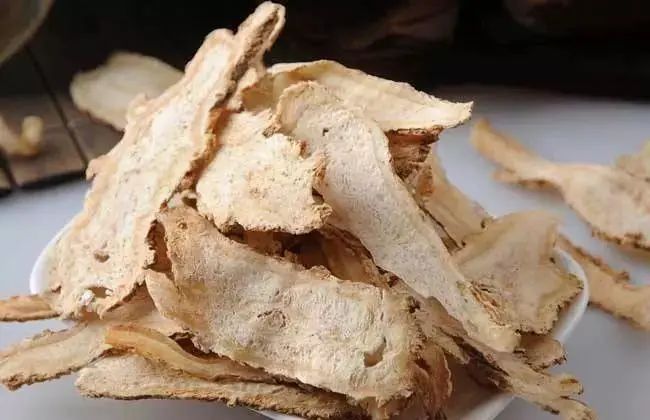
【Formulations】
1. Regulates the Ren and Chong meridians, nourishes Qi and blood. Treats deficiency of the Ren and Chong meridians, menstrual irregularities, abdominal pain, excessive bleeding, blood stasis, and pain during pregnancy: Dang Gui (去芦, soaked in wine, stir-fried), Chuan Xiong, Bai Shao (白芍药), Shu Di Huang (熟干地黄) (steamed with wine) in equal parts. Grind into a coarse powder. Take 9 grams with 1.5 cups of water, decoct until reduced to 2/3, strain and take warm before meals. (From Jufang Si Wu Tang)
2. For young women with menstrual obstruction: Dang Gui (sliced, baked) 30 grams, Gan Qi (干漆) (stir-fried until smoke appears), Chuan Xiong each 15 grams. Grind the three ingredients into a powder, mix with honey to form pills the size of a phoenix seed. Take 20 pills with warm wine. (From Sheng Ji Zong Lu Dang Gui Wan)
3. For menstrual blood flowing backward from the mouth and nose: first use ink to stop it, then use Dang Gui Wei (当归尾) and Hong Hua (红花) each 9 grams, with 1.5 cups of water, decoct until reduced to 2/3, take warm. (From Jian Bian Dan Fang)
4. For blood collapse: Dang Gui 30 grams, Long Gu (龙骨) 60 grams (stir-fried until red), Xiang Fu Zi (香附子) 15 grams (stir-fried), Song Mao Hui (棕毛灰) 25 grams. Grind into a powder, mix with rice wine to take 9-12 grams on an empty stomach. (From Ru Men Shi Qin Dang Gui San)
5. For blood stasis pain and distension, with a rough pulse: Dang Gui 90 grams, Gui Xin (桂心) 30 grams, Bai Shao 30 grams (stir-fried with wine), Pu Huang (蒲黄) 60 grams (stir-fried), Xue Jie (血竭) 90 grams, Yan Hu Suo (延胡) 30 grams. Grind into a powder, decoct 9 grams with wine, strain and take warm. (From Yi Lue Liu Shu Dang Gui Pu Yan San)
6. For women with discharge of five colors, abdominal pain, emaciation, and poor appetite: Dang Gui 30 grams (chopped, lightly stir-fried), Bie Jia (鳖甲) 30 grams (vinegar-baked until slightly yellow, remove the skirt), Chuan Da Huang (川大黄) 30 grams (chopped, lightly stir-fried), Bai Zhu (白术) 10 grams, Hu Jiao (胡椒) 15 grams, He Li Le Pi (诃黎勒皮) 10 grams, Bin Lang (槟榔) 10 grams, Zhi Ke (枳壳) 10 grams (stir-fried until slightly yellow and remove the pulp), Bi Ba (荜茇) 15 grams. Grind into a powder, mix with honey and form pills the size of a phoenix seed, take 30 pills with warm wine before meals. (From Sheng Hui Fang Dang Gui Wan)
7. For women during pregnancy with abdominal pain: Dang Gui 90 grams, Bai Shao 500 grams, Fu Ling (茯苓) 240 grams, Bai Zhu 240 grams, Zexie (泽泻) 250 grams, Chuan Xiong 250 grams (the latter can also be 90 grams). Grind into a powder, take with wine three times a day. (From Jin Kui Yao Lue Dang Gui Bai Shao San)
8. For difficulty in urination during pregnancy, with normal appetite: Dang Gui, Bei Mu (贝母), Ku Shen (苦参) each 120 grams. Grind into a powder, mix with honey to form pills the size of a small bean, take 3 pills, increasing to 10 pills. (From Jin Kui Yao Lue Dang Gui Ku Shen Wan)
9. For fetal movement instability during pregnancy, with abdominal pain: Dang Gui 15 grams (chopped), Cong Bai (葱白) 1 gram (finely chopped). Combine the two, first boil with 3 cups of water until reduced to 2 cups, add good wine, boil a few more times, strain, and divide into three doses. (From Sheng Ji Zong Lu An Tai Yin)
10. For postpartum blood not dispersing, forming clots (commonly referred to as child pillow), with unbearable pain: Dang Gui 30 grams (chopped, lightly stir-fried), Gui Jian Yu (鬼箭羽) 30 grams, Hong Lan Hua (红蓝花) 30 grams. Grind into a powder, take 9 grams with wine, decoct until reduced to 6 parts, strain, and take warm without time restrictions. (From Sheng Hui Fang Dang Gui San)
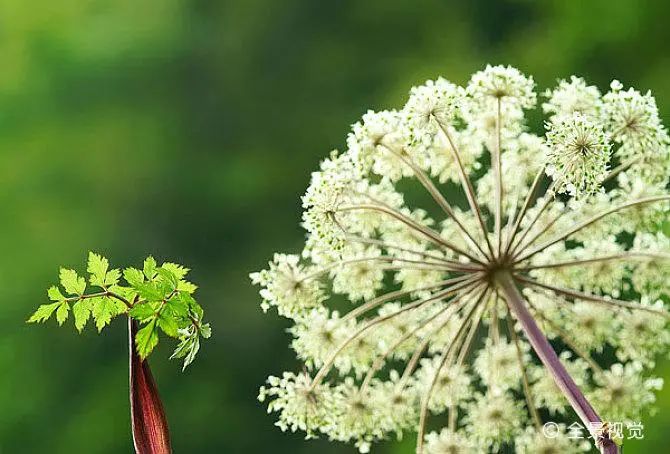
11. For convulsions, tremors, or postpartum unconsciousness with phlegm: Dang Gui and Jing Jie Sui (荆芥穗) in equal parts. Grind into a fine powder, take 9 grams with 1 cup of water and a little wine, decoct until reduced to 7 parts, and administer immediately. (From Fu Ren Liang Fang Jiao Jia San)
12. For postpartum abdominal pain and cold hernia due to deficiency: Dang Gui 90 grams, Sheng Jiang (生姜) 250 grams, Yang Rou (羊肉) 500 grams. Combine the three with 8 liters of water, boil down to 3 liters, take 7 cups warm, three times a day. (From Jin Kui Yao Lue Dang Gui Sheng Jiang Yang Rou Tang)
13. For constipation: Dang Gui and Bai Zhi (白芷) in equal parts, take 6 grams with rice soup. (From Sheng Ji Zong Lu)
14. For heat and dryness, thirst, red eyes, and face, with a large and weak pulse: Huang Qi (黄耆) 30 grams, Dang Gui (washed with wine) 6 grams. Prepare as a single dose, with 2 cups of water, decoct until reduced to 1 cup, strain, and take warm before meals. (From Nei Wai Shang Bian Dang Gui Bu Xue Tang)
15. For persistent pain from wind, use Dang Gui 30 grams, Gui Xin 30 grams, Di Long (地龙) 30 grams (lightly stir-fried), Bai Jiang Can (白僵蚕) 30 grams (lightly stir-fried), Wei Ling Xian (威灵仙) 30 grams, Lou Lu (漏芦) 30 grams, Chuan Xiong 30 grams, Bai Zhi 30 grams. Grind into a fine powder, take 6 grams with hot wine at any time. (From Sheng Hui Fang Dang Gui San)
16. For blood dysentery with urgency and heaviness, and abdominal pain: Dang Gui 9 grams (chopped, lightly stir-fried), Huang Lian (黄连) 30 grams (remove hairs, lightly stir-fried), Long Gu 60 grams. Grind into a fine powder. Take 6 grams with congee. (From Sheng Ji Zong Lu Dang Gui San)
17. For night sweats: Dang Gui, Sheng Di Huang, Shu Di Huang, Huang Bo, Huang Qin, Huang Lian in equal parts, with double the amount of Huang Qi. Grind into a coarse powder, take 15 grams with 2 cups of water, decoct until reduced to 1 cup, take before meals, and reduce the dose for children. (From Lan Shi Mi Cang Dang Gui Liu Huang Tang)
18. For various swellings, whether broken or unbroken, with severe swelling: Dang Gui, Huang Qi, Guo Lou, Mu Xiang, Huang Lian in equal parts, grind into a coarse powder, decoct 30 grams. (From Suwen Bing Ji Bao Ming Ji Dang Gui San)
19. For bone abscesses and all kinds of sores: Dang Gui 15 grams, Gan Cao (甘草) 30 grams, Shan Zhi Zi (山栀子) 12 pieces, Mu Bie Zi (木鳖子) 1 piece (peeled). Grind into a fine powder, take 9 grams with cold wine. (From Qi Xiao Liang Fang Dang Gui San)
20. For burns and scalds with severe pain: Bai La (白蜡) 30 grams, Ma You (麻油) 120 grams, Dang Gui 45 grams (freshly chopped). First, fry Dang Gui in oil until charred, strain, then add wax, stir quickly until cooled, and store in a ceramic box for application. (From Shen Xiao Bai Gao)


